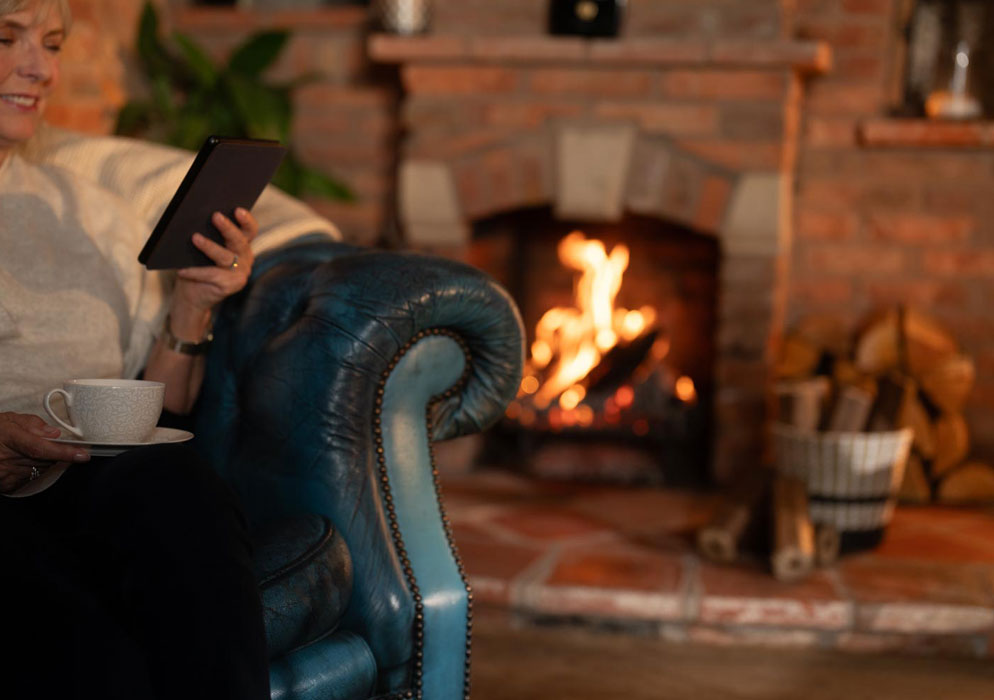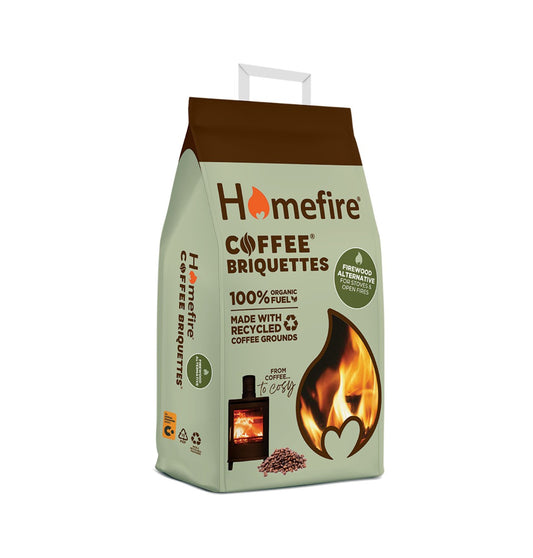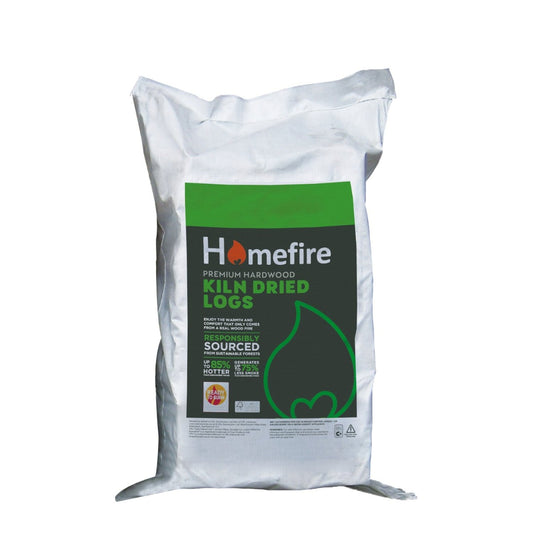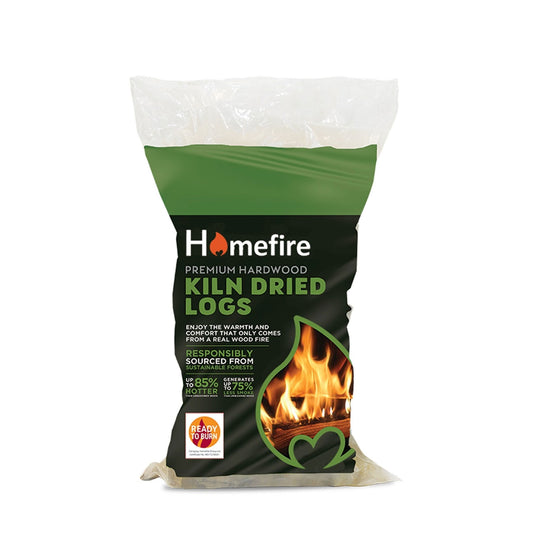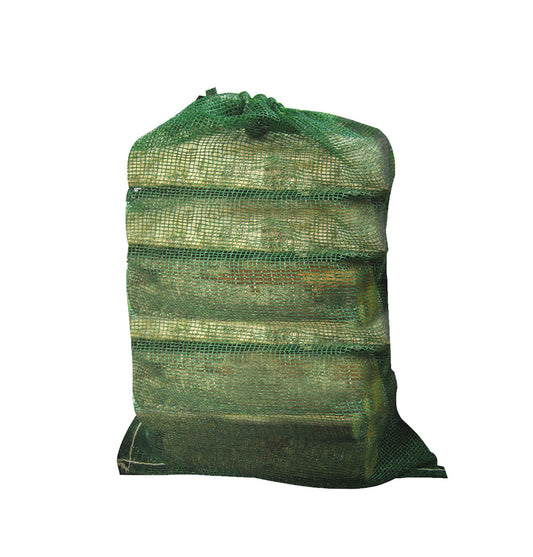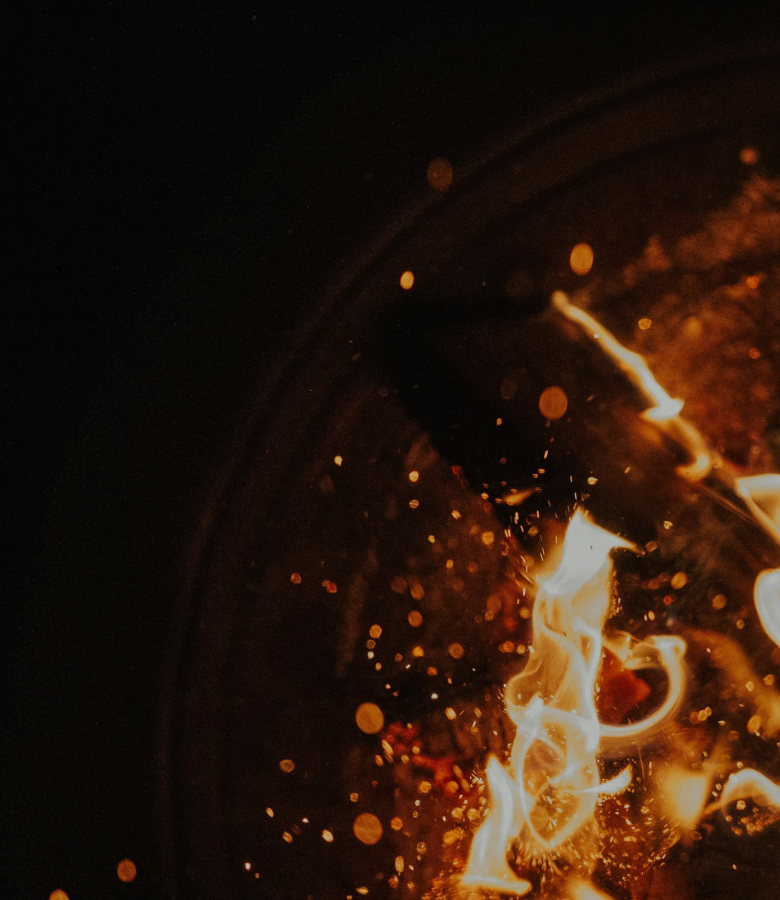There is an assumption that ‘coal is coal’, however, there are more and more innovative ways in which traditional coal is being mimicked, improved and turned into an eco-friendly choice. Whether you're lighting an open fire, fuelling a multi-fuel stove, or preparing a barbecue, the type of fuel you use matters. In this guide, we’ll highlight the different types of coal for open fires, explain the differences between them, and help you make a more informed and environmentally responsible choice.
How is Coal Formed?
Taking millions of years to form, coal is found deep underneath the surface of the Earth. It contains a high amount of carbon and hydrocarbons, making it the perfect instrument to build a fire with. There are many different types of coal that can help make up the coal you see on shelves today. More eco-friendly coal options also include recycled natural materials to help minimise the amount of natural resources being burned.

Which Type of Coal is Best for Burning?
There is a type of coal called anthracite. It holds the highest rank of ignitable coal, ensuring that it is easy to set alight. This means that it is the best coal to use domestically in open fires. Another pro for anthracite coal is that it is naturally smokeless, meaning that once used in a fire, it will emit 80% less smoke than its traditional coal counterpart and therefore a more eco-friendly choice of coal for your open fire. At Homefire, the ecoal smokeless coal product is made up of 50% crushed olive stones. Mixing the naturally smokeless make-up of anthracite coal with the natural product of olive stones ensures that this type of coal is the most eco-conscious option for coal to use domestically currently.
If you’re using a multi-fuel stove, smokeless coal is again a smart choice; it’s efficient, approved for use in smoke-controlled areas, and burns longer and cleaner than traditional coal.
It's important to note that smokeless coal is not suitable for barbecues. While it might seem similar to charcoal, BBQ fuels like lumpwood charcoal or briquettes are specifically manufactured for cooking and burning at high temperatures.
 What about Traditional Coal for Open Fires
What about Traditional Coal for Open Fires
Another option besides smokeless coal, that has been historically used is bituminous coal. Bituminous coal is widely used in setting such as power stations but is largely frowned upon when used domestically. Many local areas will ban the use of this type of coal due to its negative impact on the environment.
To avoid these issues, it is still highly recommended that you stick to purchasing the smokeless coal alternatives as it is less harmful to the environment as well as being approved as entirely safe for domestic use.

Making the Right Coal Choice
With a number of different coals being available for domestic open fires, it can be seen as more complicated than first anticipated. There are still better options available, for your wallet, the environment and sometimes even both, so it is best to keep these factors in mind when stocking up for supplies for your fireplace. Find your ideal coal for your open fire at Homefire today.



